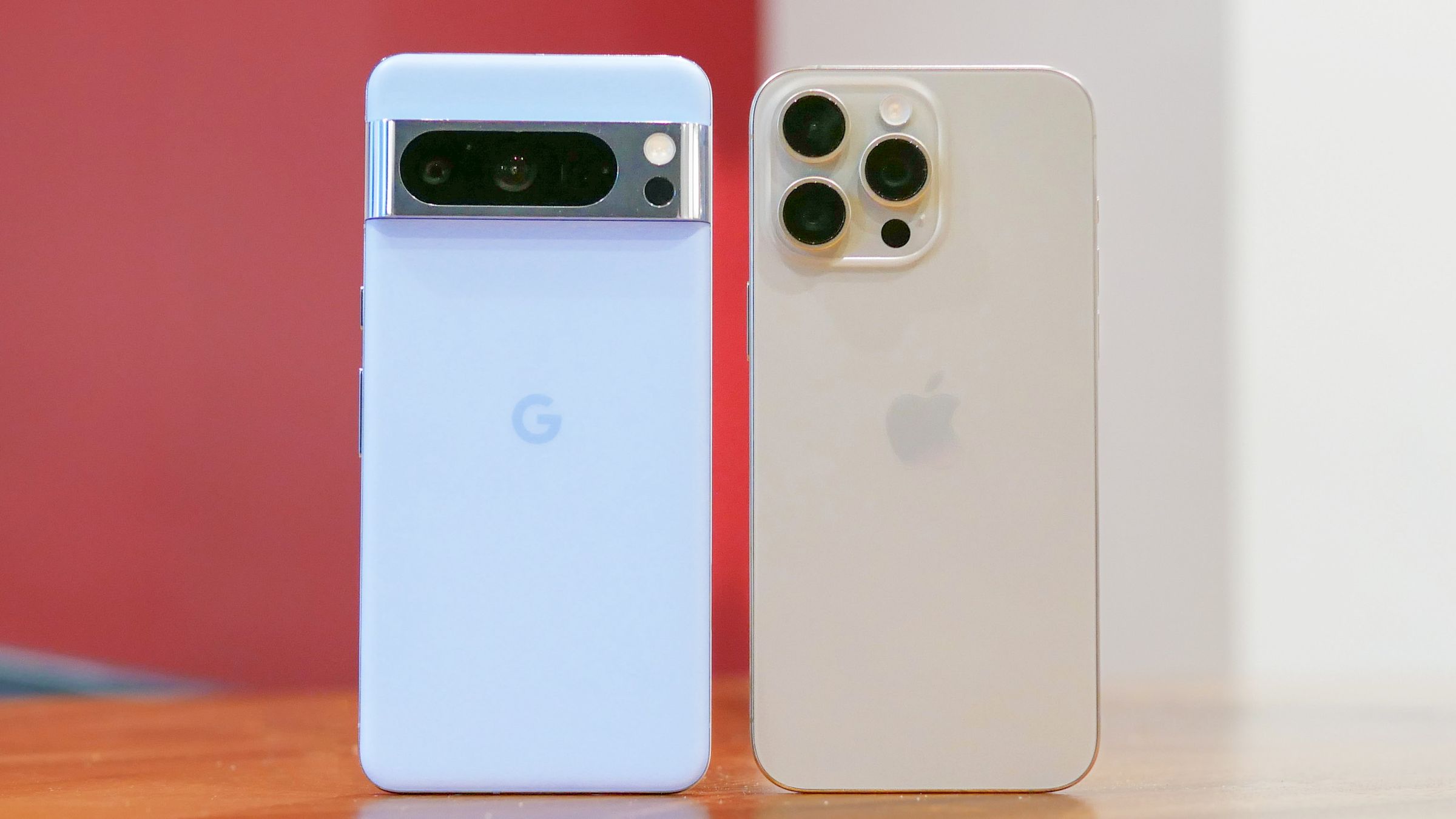
Market Share
The smartphone market has long been dominated by two major players: Apple's iPhone and Google's Android. Let's examine their market share in 2024.
US Market Share
- iPhone: 60.77%
- Android: 38.81%
Apple leads the US market with a significant margin, maintaining a strong presence.
Global Market Share
- Android: 70.93%
- iPhone: 29.07%
Globally, Android holds a substantial lead due to its wide range of devices from various manufacturers, making it more accessible, especially in developing countries.
User Demographics
Understanding the demographics of iPhone and Android users reveals some interesting trends.
Age Distribution in the US
- 18-34 years: 58% iPhone users, 41% Android users
- 35-54 years: 47% iPhone users, 53% Android users
- 55 years and older: 49% iPhone users, 51% Android users
Younger users tend to prefer iPhones, while older generations lean towards Android devices. This trend is consistent globally, with Gen Z and Millennials showing a higher affinity for iPhones.
Income and Spending Habits
Income and spending habits differ significantly between iPhone and Android users.
Average Annual Income
- iPhone users: $53,251
- Android users: $37,040
iPhone users generally earn more, attracting premium or higher-income customers.
Consumer Spending on Apps
- App Store: $124 billion (forecasted for 2024)
- Google Play: $58 billion (forecasted for 2024)
Apple users are known for their loyalty to the App Store, contributing to higher consumer spending.
User Experience and Loyalty
User experience and loyalty are crucial factors in choosing between an iPhone and an Android device.
User Experience
- 47% of former Android users switch to iPhones for a better user experience.
- 30% of former iPhone users switch to Android for a better user experience.
Customer Retention Rates
- Android: 89-91%
- iPhone: 85-88%
Both platforms have impressively high retention rates, with Android users being slightly more loyal.
Technical Differences
The technical differences between iPhones and Android devices are substantial.
Hardware and Software Design
- Android: Open-source operating system, customizable by manufacturers, resulting in a variety of devices with different features.
- iPhone: Exclusively designed by Apple, with a proprietary operating system ensuring consistency and security.
Security and Privacy
Security and privacy are critical concerns for smartphone users.
- iPhone: Generally offers better security and privacy features due to its closed ecosystem, resulting in fewer vulnerabilities and less malware.
- Android: Open-source nature can lead to more vulnerabilities and higher risks of malware.
App Store vs Google Play
The primary platforms for mobile app distribution have distinct differences.
App Store
- More stringent approval process
- Fewer buggy or low-quality apps
- New apps may take longer to be approved
Google Play
- More relaxed approval process
- Higher likelihood of encountering low-quality or malicious apps
- Faster publication of new apps
Understanding these differences helps both developers and consumers make informed choices when selecting a platform or developing mobile apps. Recognizing the distinct user bases and their preferences allows organizations to tailor strategies effectively.
